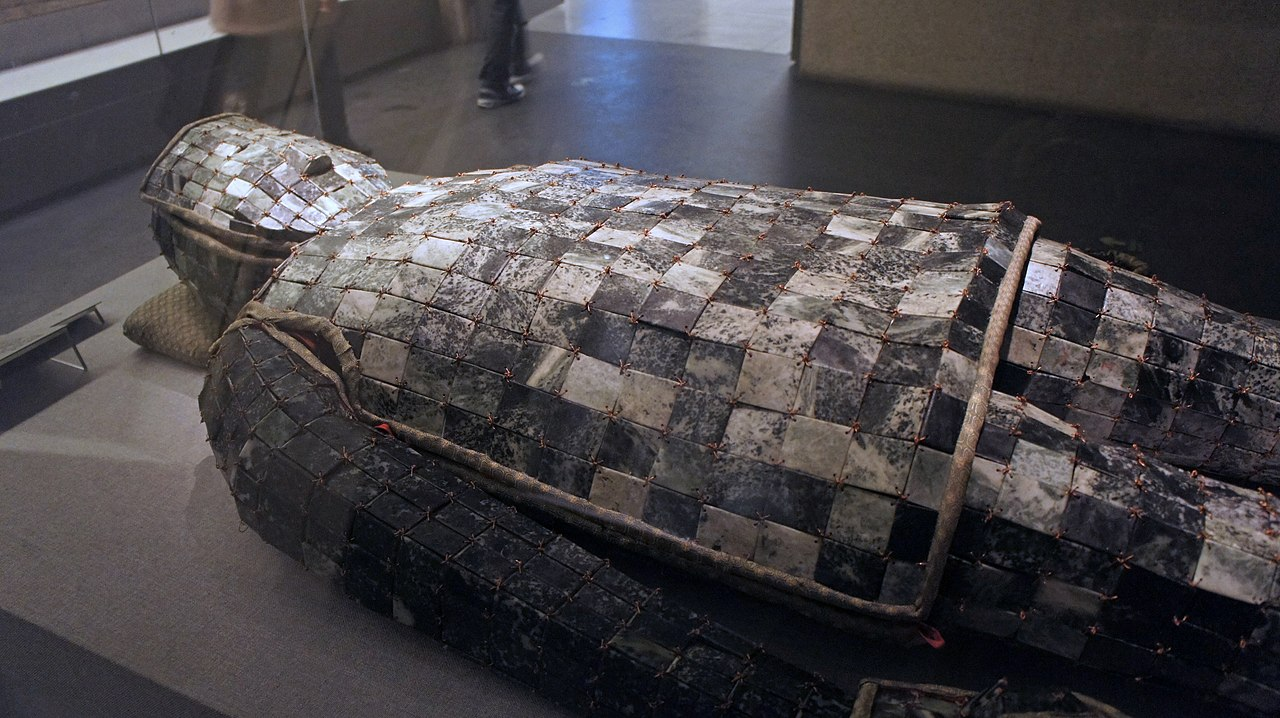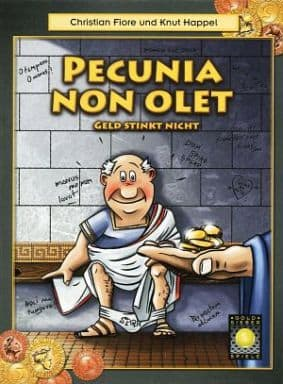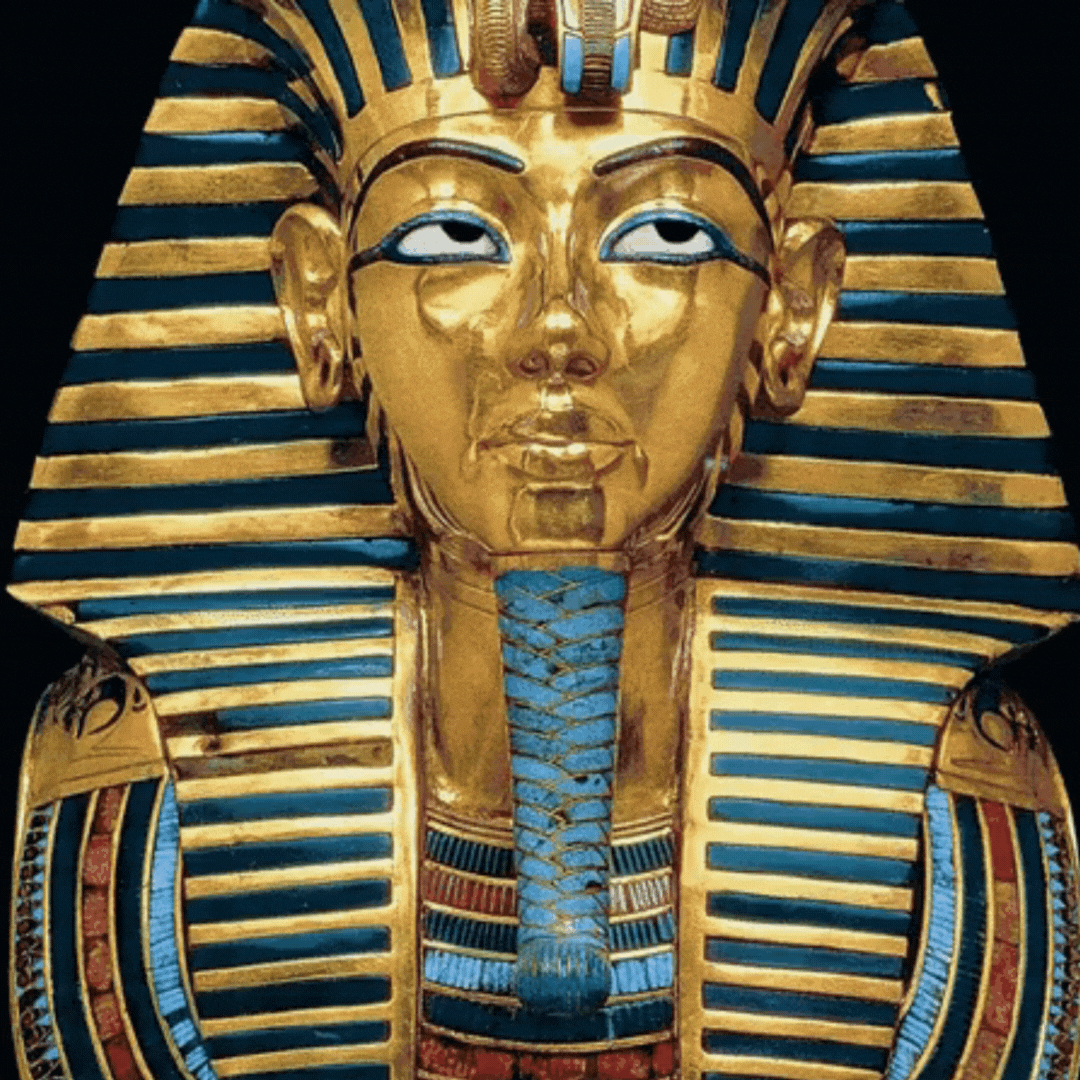Tag: Gold
-

Jade burial suit
A jade burial suit (Chinese: 玉衣; pinyin: yù yī; lit. ‘jade clothing’) is a ceremonial suit made of pieces of jade in which royal members in Han dynasty China were buried. Construction Of the jade suits that have been found, the pieces of jade are mostly square or rectangular in shape, though triangular, trapezoid and rhomboid plaques have also been found. Plaques are often joined by means of…
-

Gorget, from the French gorge meaning throat
A gorget, from the French gorge meaning throat, was a band of linen wrapped around a woman’s neck and head in the medieval period or the lower part of a simple chaperon hood. The term later described a steel or leather collar to protect the throat, a set of pieces of plate armour, or a single piece of plate armour hanging from the neck and covering the throat and chest. Later, particularly from…
-

Hopper – Like cubic, but outer portions of cubes grow faster than inner portions creating a concavity
Common examples include: halite, calcite, synthetic bismuth A hopper crystal is a form of crystal, the shape of which resembles that of a pyramidal hopper container. The edges of hopper crystals are fully developed, but the interior spaces are not filled in. This results in what appears to be a hollowed out step lattice formation, as if someone had removed interior sections of the…
-

Adder stone aka hag stone
An adder stone is a type of stone, usually glassy, with a naturally occurring hole through it. Such stones, which usually consist of flint, have been discovered by archaeologists in both Britain and Egypt. Commonly, they are found in Northern Germany at the coasts of the North and Baltic Seas. In Britain they are also called hag stones, witch stones, serpent’s eggs, snake’s eggs, or Glain Neidr in Wales, milpreve in Cornwall, adderstanes in the south of Scotland and Gloine…
-

Goa stone
A Goa stone or Lapis de Goa was a man-made bezoar that was considered to have medicinal and talismanic properties. Goa stones were made in Goa, India and exported to apothecaries in Europe from the mid-16th to 18th century. Goa stones were manufactured by Jesuits in the late seventeenth century in Goa because naturally occurring bezoars were scarce. Their inventor was the Florentine lay brother Gaspar Antonio, and a Jesuit…
-
Gorochana
Gorochana or gorocana (transliterated from Sanskrit: गोरोचन “cattle-light”; also Standard Tibetan: (?) gi-wang) refers to a stone or ‘bezoar‘ found in cattle (Sanskrit: गो go), such as the bull, cow, ox, and yak. Its presence in the animal is reputedly indicated by the snoring or other nocturnal sounds made by the animal in its sleep. Its equivalent in Sinitic culture is calculus bovis. The vernacular Hindi and Bengali names are the same as…
-

A selection of apothecary jars.
Description A selection of apothecary jars. Four glass cylindrical drug jars with a parchment cover, labelled “Vitriol Alb.” (zinc sulphate), “OCUL CANCR” (Crab’s eyes – stones found in stomach of cray-fish as animal is about to change in its shell),”Sang Draco.V.” (Dragon’s blood), and “VITRIOL. COERUL.” (copper sulphate). Probably Spanish, 17th or 18th century. Wellcome…
-

Chemistry: A Volatile History
Chemistry: A Volatile History is a 2010 BBC documentary on the history of chemistry presented by Jim Al-Khalili. It was nominated for the 2010 British Academy Television Awards in the category Specialist Factual. Episode 1: Discovering the Elements Introduction Only in the last 200 years have we known what an element is – a substance that cannot be broken down further by chemical reaction. The Ancient Greeks,…
-

Phrixus
In Greek mythology Phrixus (also spelt Phryxus; Greek: Φρίξος, Phrixos means “standing on end, bristling”) was the son of Athamas, king of Boeotia, and Nephele (a goddess of clouds). He was the twin brother of Helle and the father of Argus, Phrontis, Melas and Cytisorus by Chalciope (Iophass), daughter of Aeetes, king of Colchis. Mythology Phrixus and Helle (also known as Ellie) were hated by their stepmother, Ino. She hatched a devious plot to get rid of the twins, roasting…
-

Solid Gold: Poop Could Yield Precious Metals – Live Science
It’s not just gold that could be mined and sold. Waste contains elements like vanadium and copper that could be used in devices such as cellphones and computers, the researchers said. The economic value of poop mining is still unclear, but some recent projections have been promising. Earlier this year, another group of researchers published…
-

Americans poop up to $4.2B in precious metals every year – New York Post
Poop could be a gold mine — and that’s no load of crap! You could be flushing a fortune in feces down the toilet in the form of tiny nuggets of gold and other precious metals that could be mined, according to research presented Monday at the national meeting of the American Chemical Society. “If you…
-

Sewage sludge could contain millions of dollars worth of gold – Science
If the holy grail of medieval alchemists was turning lead into gold, how much more magical would it be to draw gold from, well, poop?…In a new study, scientists at Arizona State University (ASU), Tempe, quantified the different metals in sewage sludge and estimated what it all might be worth. They took sludge samples gathered…
-

Gold in faeces ‘worth millions’ – BBC
US researchers are investigating ways to extract the gold and precious metals from human faeces..Details were outlined at the 249th national meeting of the American Chemical Society (ACS) in Denver…The team estimates that seven million tonnes of solid waste come out of US wastewater facilities each year. About half of that is used as fertiliser…
-

Stinking Rich? Human Waste Contains Gold, Research Finds – Time
Deploying an electron microscope, Dr. Kathleen Smith and her team spent eight years unearthing minuscule metal particles in treated solid waste. “The gold we found was at the level of a minimal mineral deposit,” Smith said, meaning that a similar dispersion in rock would be profitable enough for traditional mining. Other metals recovered include silver…
-

Your poop could be a literal goldmine of precious metals – Washington Post
You may know that you can earn $13,000 a year selling your own feces, but now it seems that the U.S. government stands to make bank on your solid waste, as well. According to new research presented at the national meeting of the American Chemical Society, the itty-bitty particles of gold, lead, copper and other valuable metals…
-

Liquid Gold: The Lore and Logic of Using Urine to Grow Plants
I was looking for J. Rosenhek History of medicine: liquid gold Doctor’s Rev: Med Move, 23 (2005) but found this instead. Check out the table of contents at amazon. Featuring a short history of urine use—from ritual to medicinal and even culinary—and many whimsical illustrations, this great bathroom reader is an ideal gift for irreverent gardeners, homeowners, campers,…
NOTES
- 🧬 Disease Table with Low Sodium Connection
- 🧂 Sodium Reduction and Sodium Replacement: A History of Reformulation and Exploding Diseases, Including Many Diseases Unheard of Before Deadly Sodium Policies
- 🧂 The DEADLY 1500 mg Sodium Recommendation predates the WHO’s formal global sodium reduction push by nearly a decade (and it’s even worse than that)
- 🧬 What Is Beta-Glucuronidase?
- When Sugar Was Salt: Crystalline Confusion and the Covenant of Sweetness
Tags
ADAM ASPARTAME Birds Blood Bones Brain Bugs Cancer Columba Cows crystallography Death Death cults Eggs Etymology Gastrin Gold Growth hormone History Hormones Insulin Liver Mere Perplexity Metal Monkey Business Mythology Paracetamol Plants Poison Pregnancy Protein Religion Reproduction Rocks Salt Slavery Snakes Sodium the birds and the bees Thiocyanate Tobacco Tylenol Underworld Venom zinc

